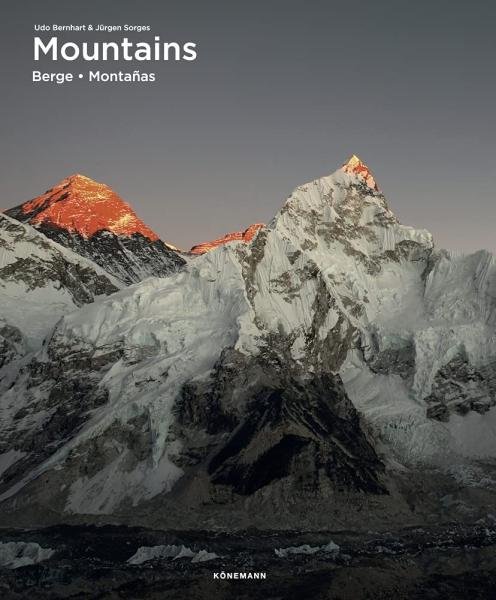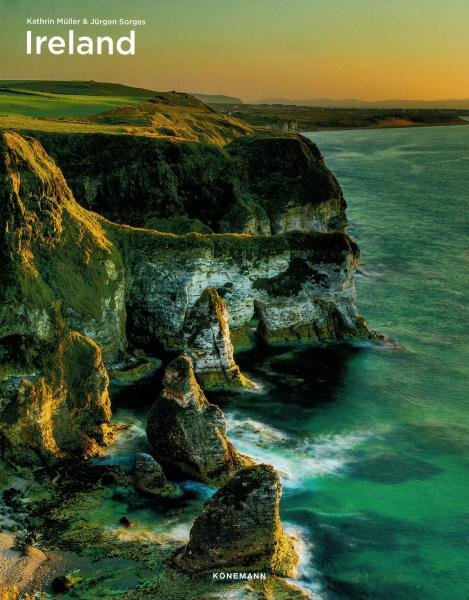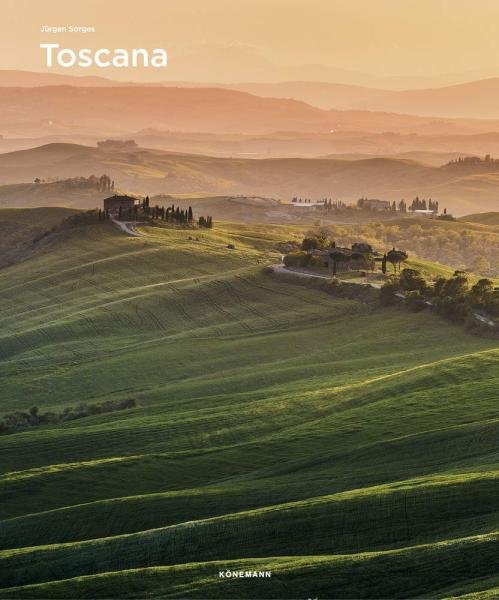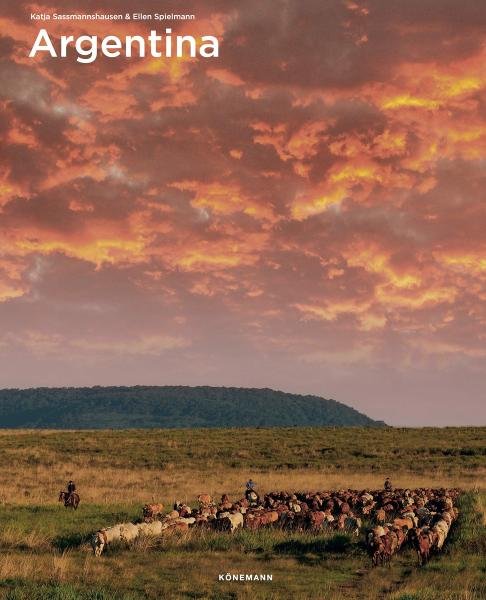- Akrylové a olejové barvy
- Aroma difuzéry
- Audioknihy
- Barvy a kontury na hedvábí
- Barvy na sklo
- Barvy na tělo
- Boxy na sešity
- Boxy na svačinu
- Deky
- E-book elektronické knihy
- Erotické žertovné předměty
- Figurky a zvířátka
- Filmy
- Fixy
- Hřejiví plyšáci
- Hrnky a šálky
- Hudba
- Interaktivní hračky
- Kalendáře
- Kancelářská lepidla
- Karetní hry
- Karnevalové kostýmy
- Karty na poker
- Klíčenky
- Knihy
- Komiksy
- Křídy a uhly
- Kufříky
- Kuličková pera a propisky
- Ložní povlečení
- Magnetky pro děti
- Malování podle čísel
- Mapy a průvodci
- Nůžky, otvírače obálek
- Omalovánky
- Ostatní společenské hry
- Ostatní stavebnice
- Panenky a barbie
- Papíry do tiskáren
- Pastelky
- Penály
- Peněženky
- Plyšové hračky
- Pohledy
- Pokladničky
- Polštáře
- Pravítka
- Přehozy
- Prostěradla
- Puzzle
- Razítka pro děti
- RC modely
- Ručníky
- Sáčky na přezůvky
- Sady školních pomůcek
- Sběratelské figurky
- Sběratelské kartičky
- Sešity
- Skicáky a náčrtníky
- Školní batohy
- Stavebnice Lego
- Štětce a palety
- Stolní hry
- Temperové a vodové barvy
- Tiskopisy
- Tužky, mikrotužky a versatilky
- Učebnice
- Voskovky
- Vystřihovánky a papírové modely
- Výtvarné a kreativní sady
- Záložky do knih
- Zástěry a ubrusy na tvoření
- Živé a vzdělávací sady
- Zvýrazňovače
Mountains - Jürgen Sorges
-
Internetový obchod
Könemann - <p>For sober thinking geologists, the formation of mountains (orogenesis) goes back to plate tectonics. The shifting of the continental plates causes mountains to form, erosion removes them again. Even the longest mountain range on earth was formed in this way: from Alaska to the Andes, the American Cordilleras form the eastern part of the Pacific Ring of Fire, where 452 volcanoes rise. And indeed, fire-spitting giants and bitterly cold worlds of ice are the main reasons for the fascination composed of fear and reverence that mountains exerted on early mankind. Mountain peaks were home to the oldest weather gods. In fact, mountains are meteorological divides and watersheds and determine the climate, and their diverse and unique vegetation zones are life-givers. Only hesitantly did people approach colossal holy mountains like the Annapurna in the Himalayas, the “Goddess of food and nourishment”. But curiosity won out, ice mummies in the Alps, Andes and Altai prove it: hunters, shepherds and priests were drawn early to these heavenly places. The highest archaeological site on earth is on Llullaillaco (6,739 m/22,109 ft): on the border between Argentina and Chile, the Incas were already building temples before 1500 AD.</p> <p>The disenchantment of the peaks of the gods began around 1850 with the beginning of modern mountain sports. Today, almost all peaks from Aconcagua to the Zugspitze have been climbed, on the Eiger as well as on Everest the most difficult passages have been mastered thanks to experienced climbing skills. But the mountains have never lost their magnificent magic.</p>








